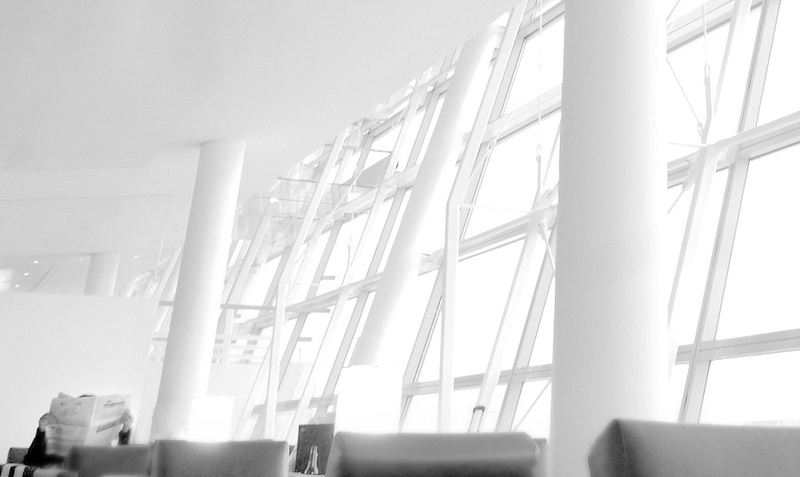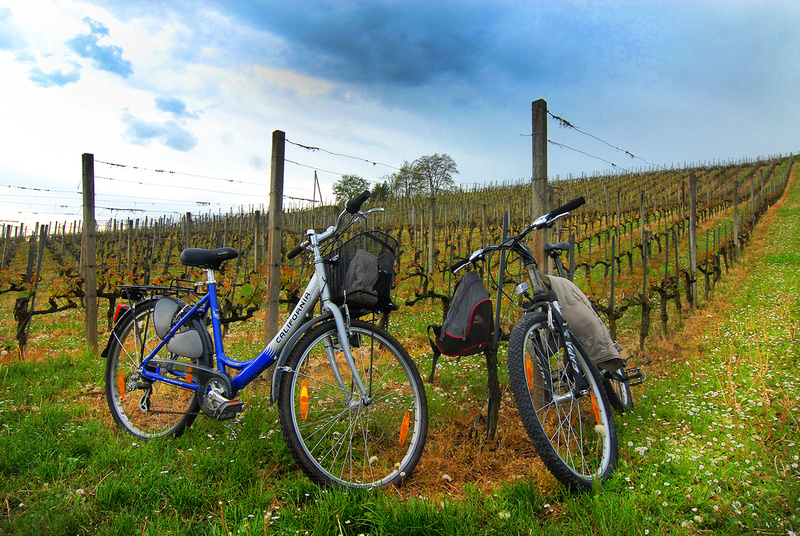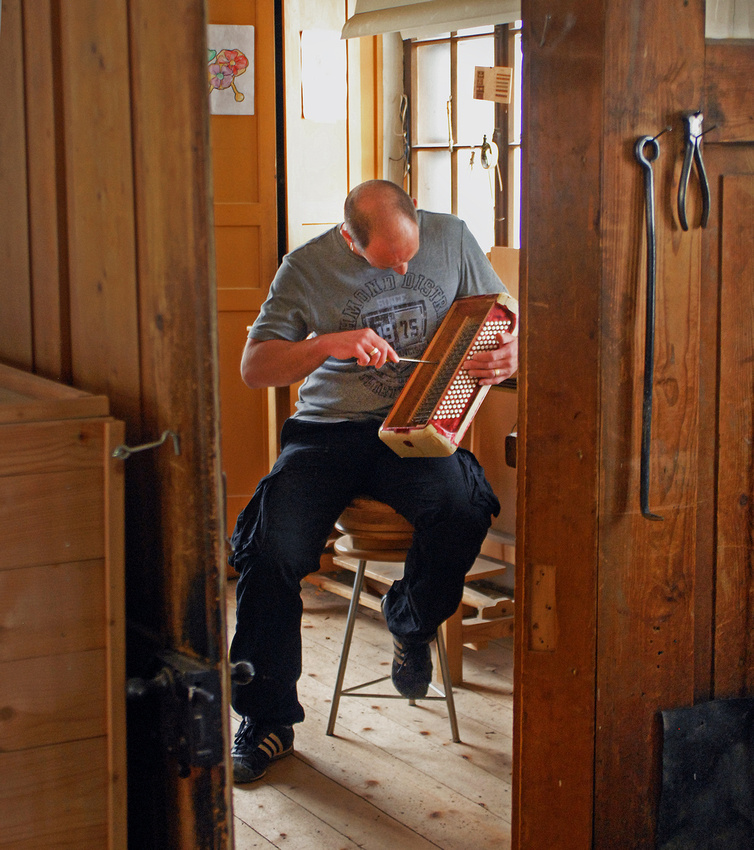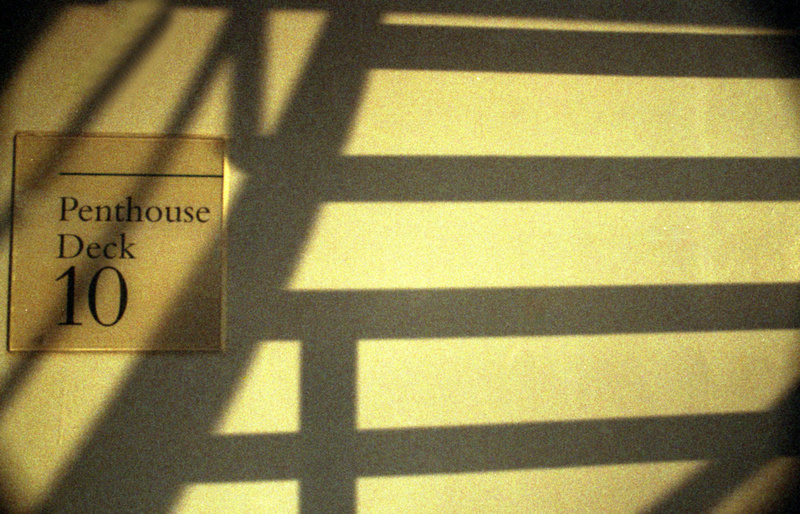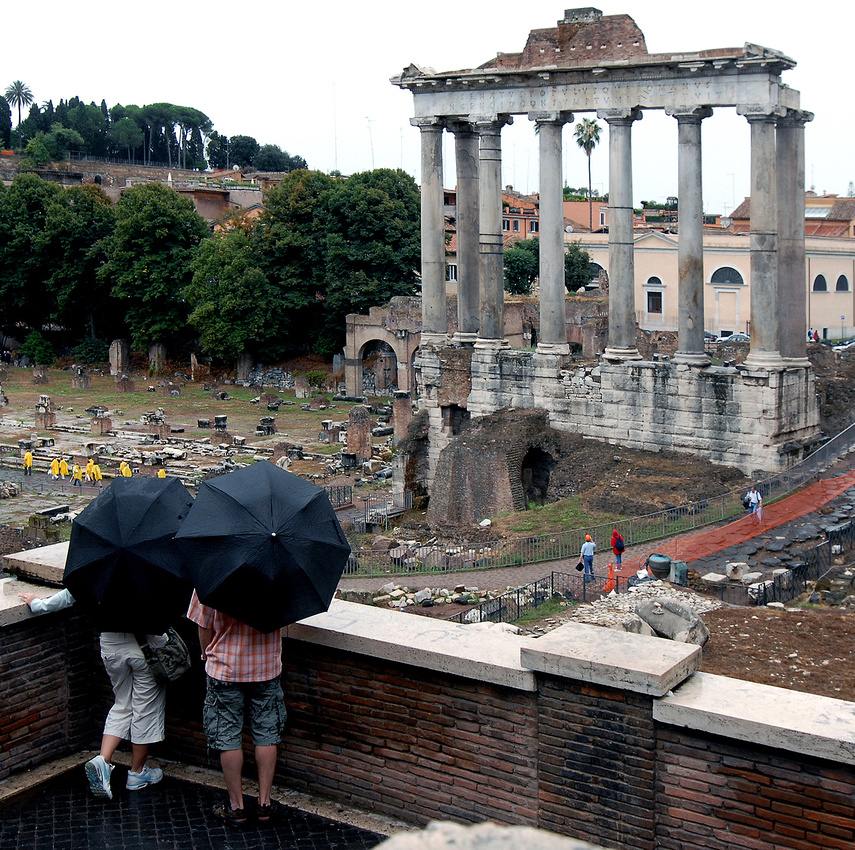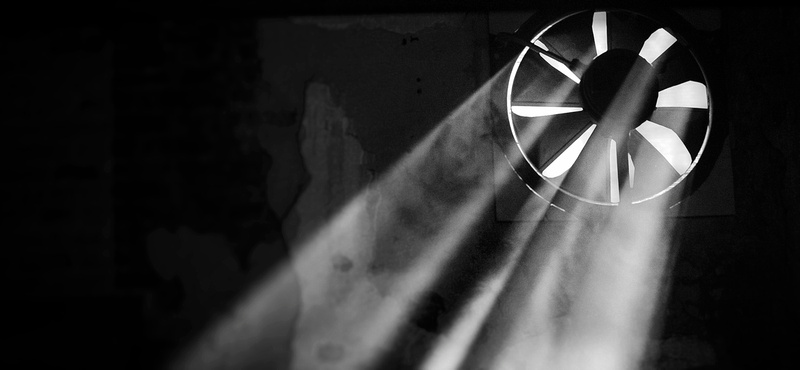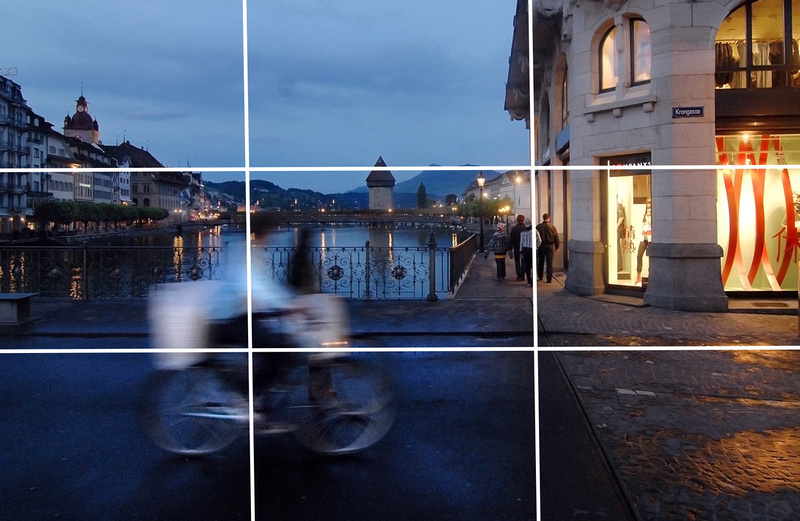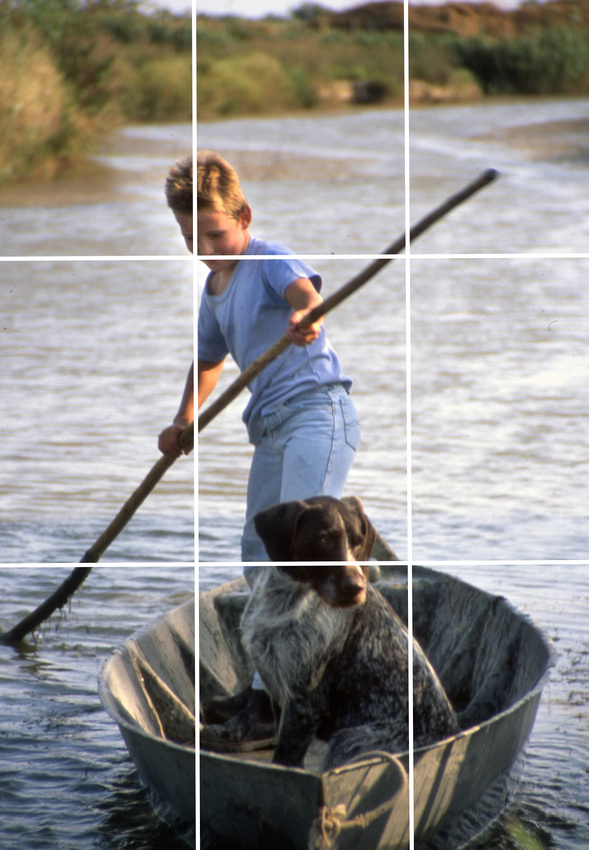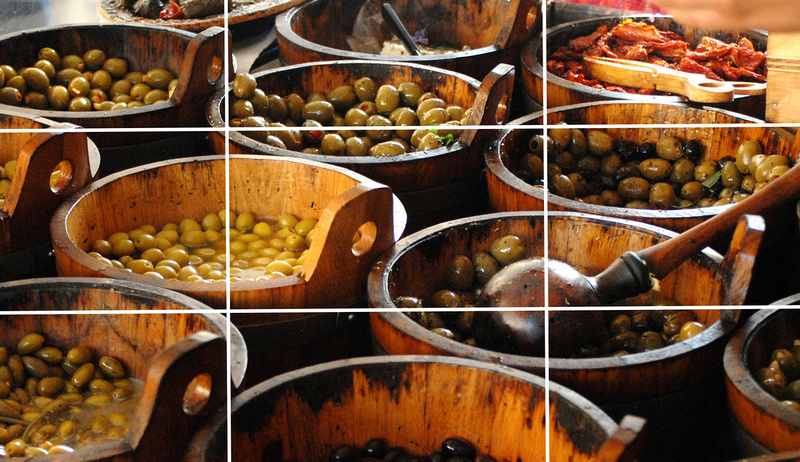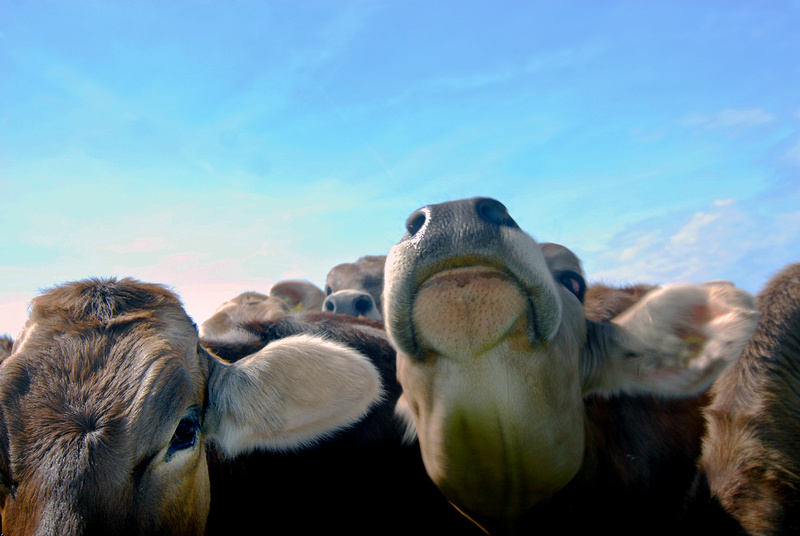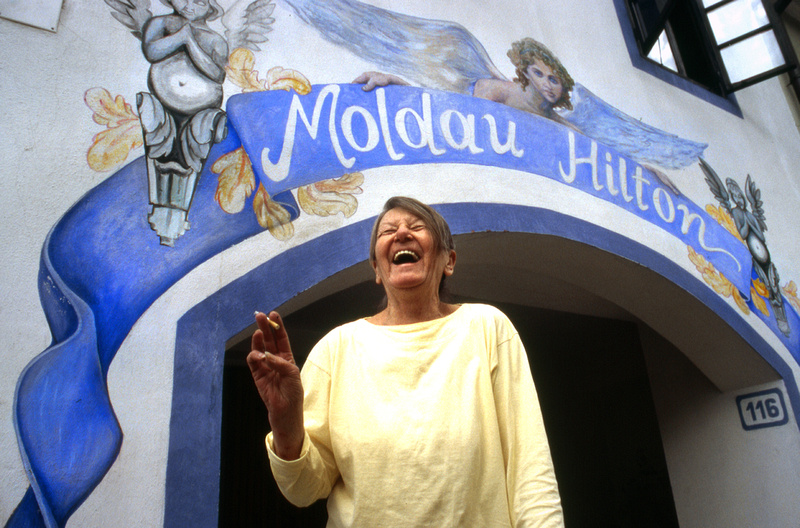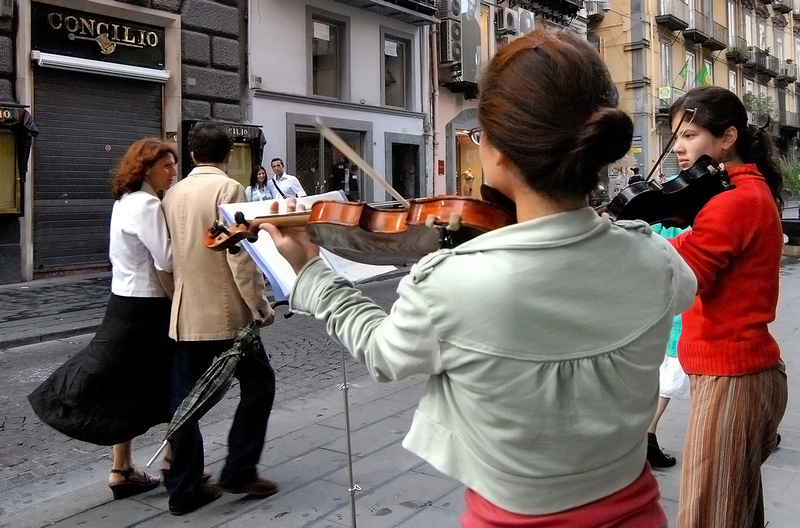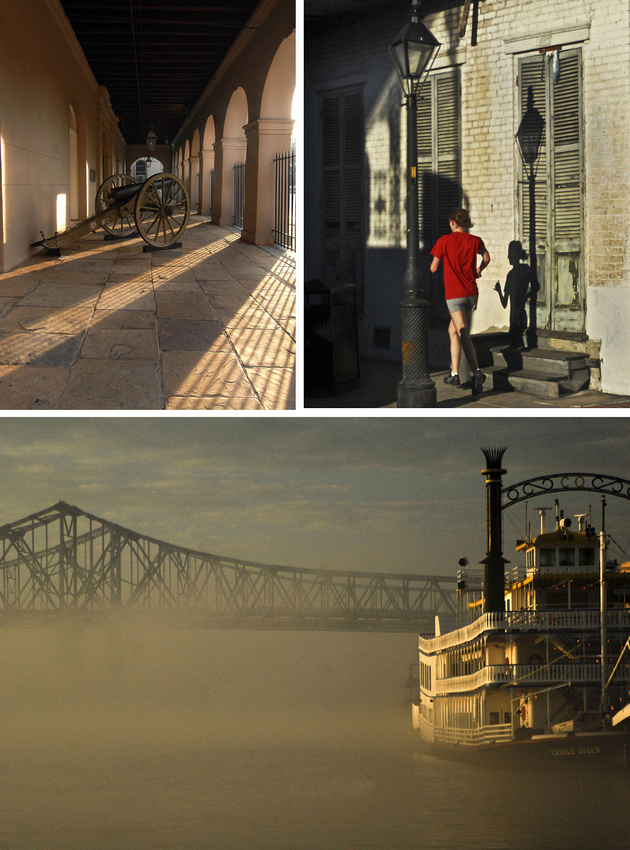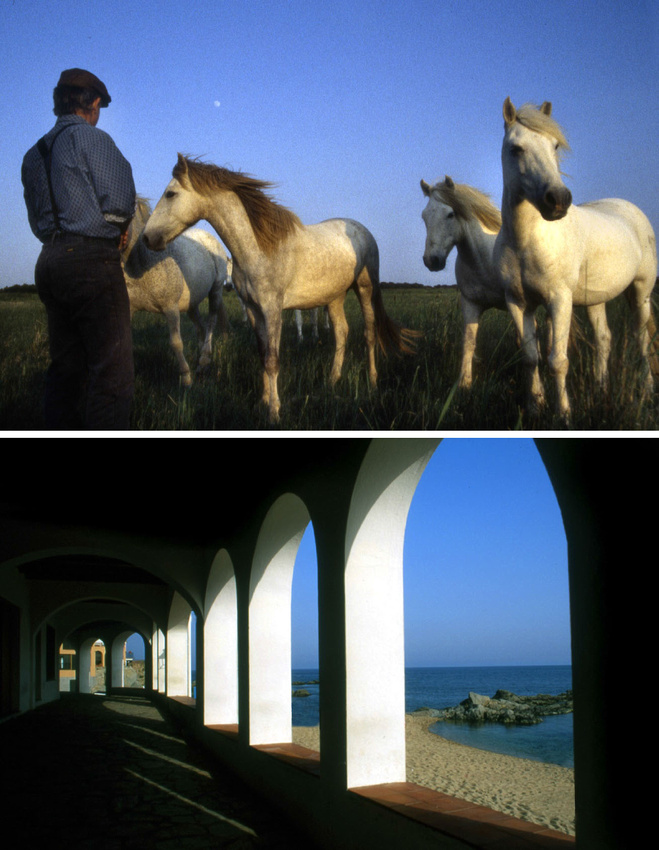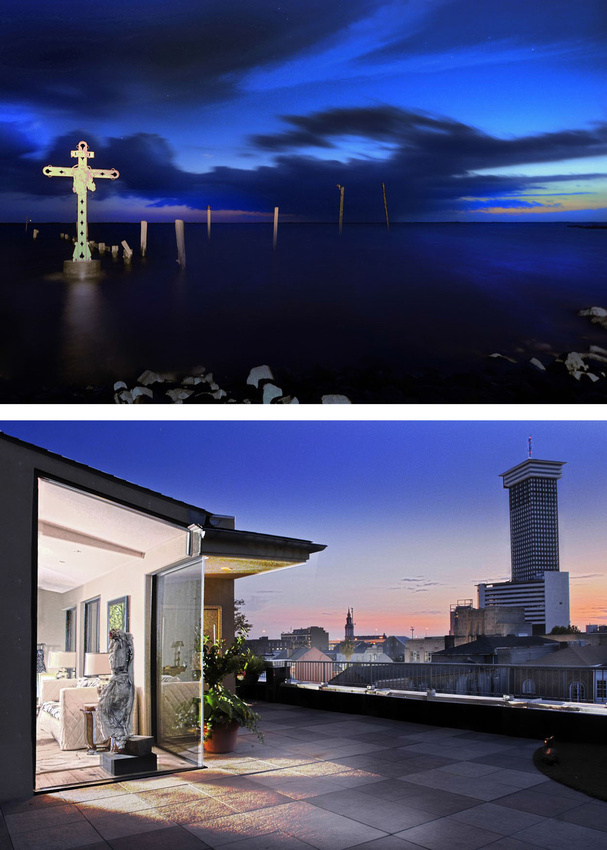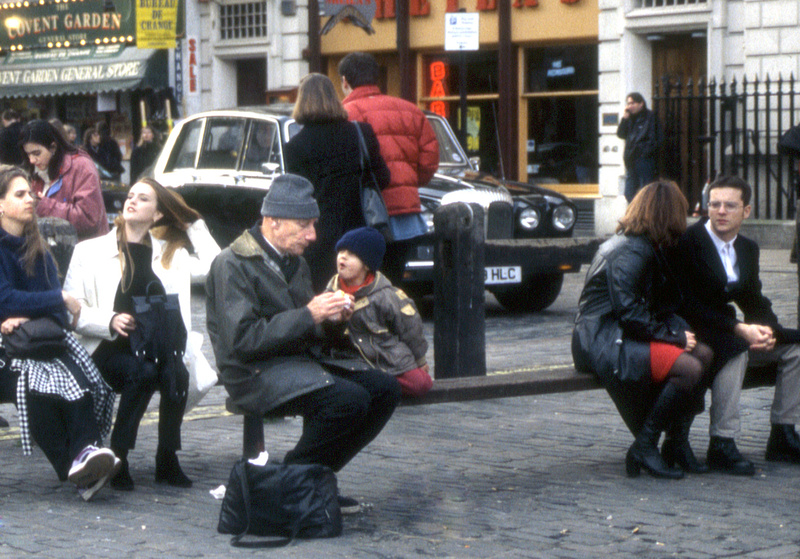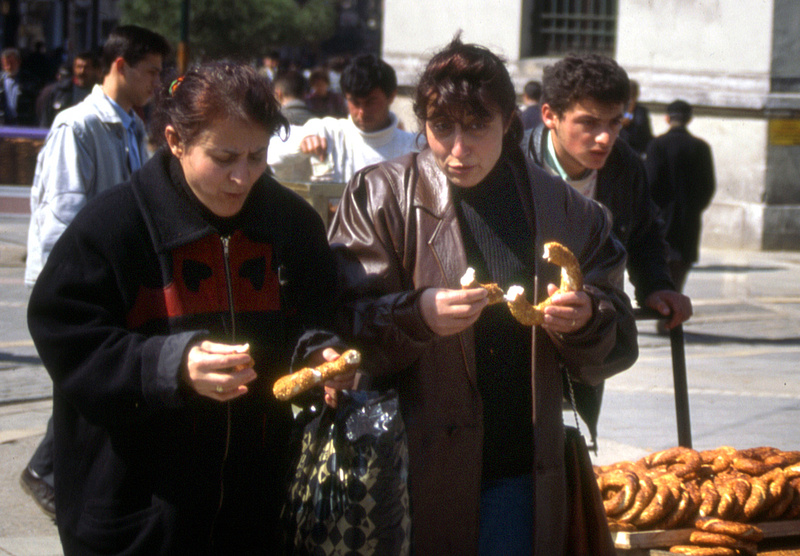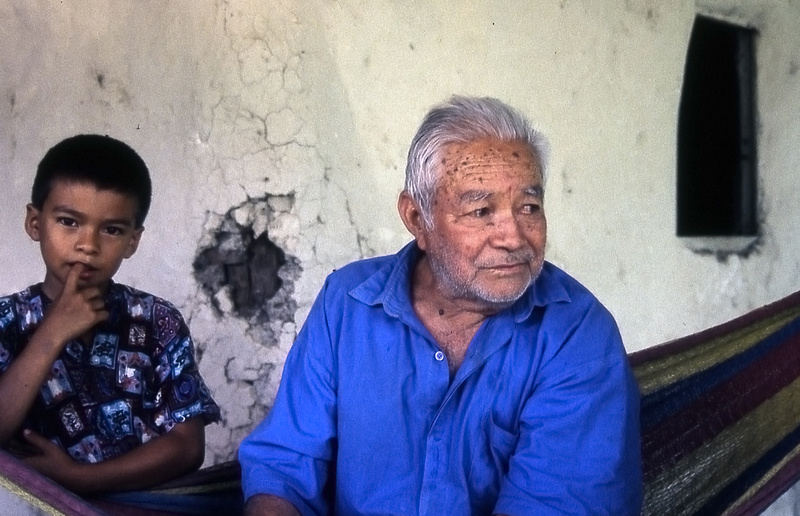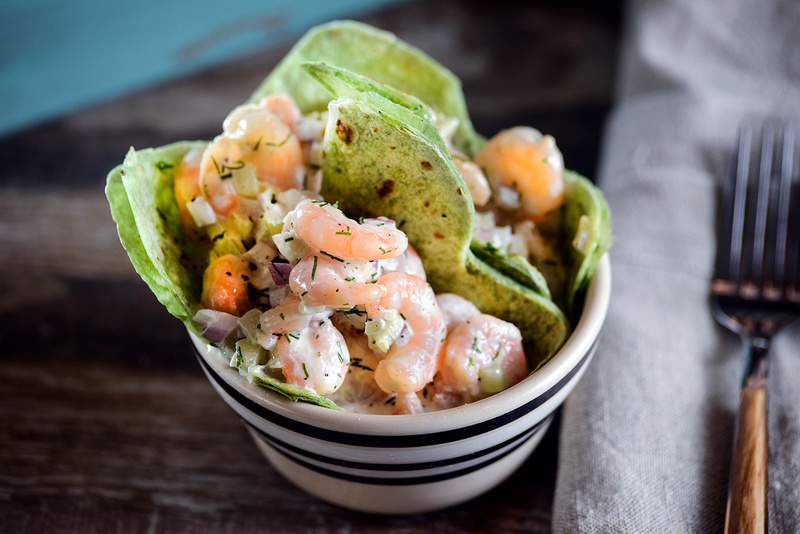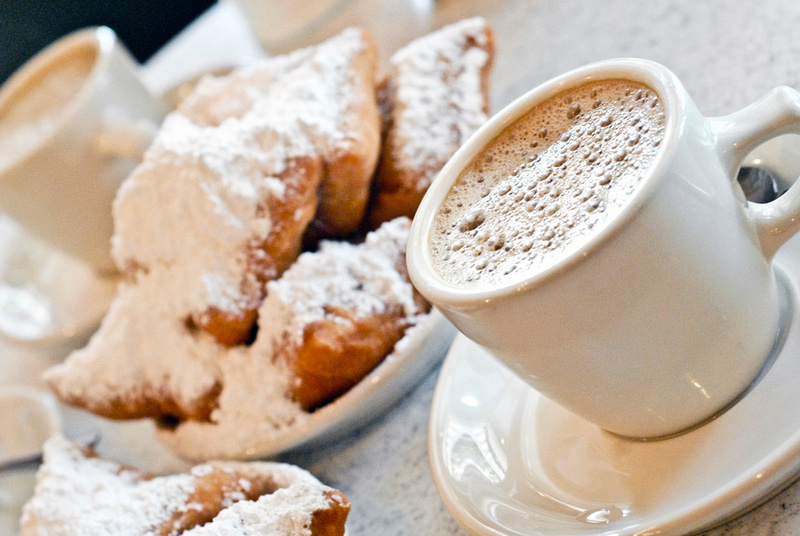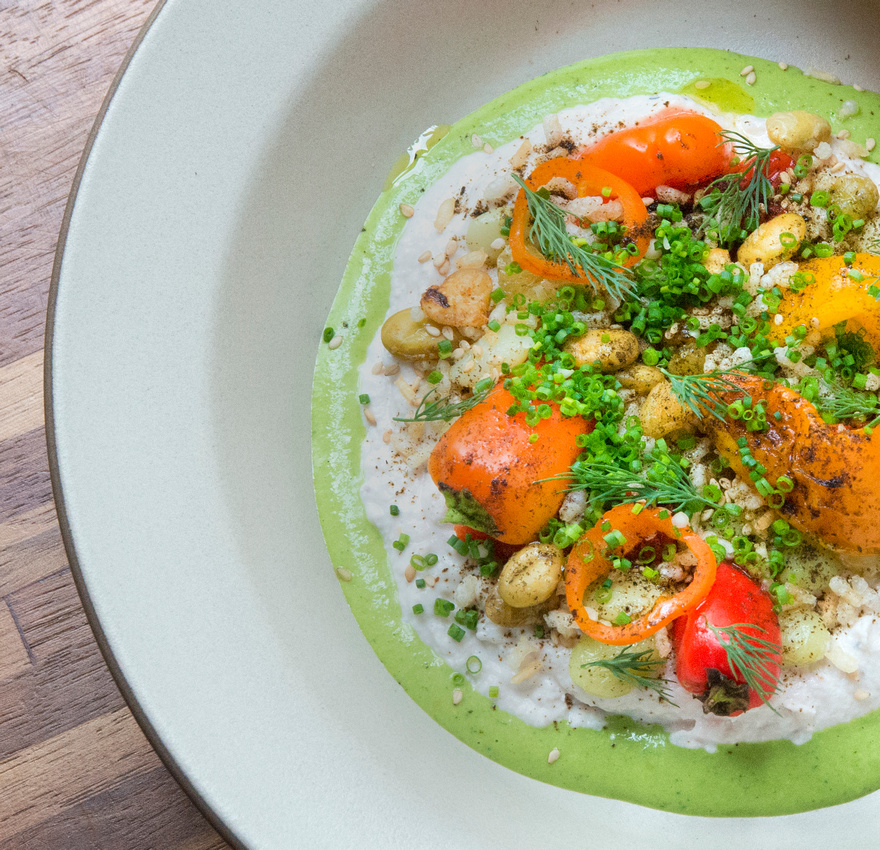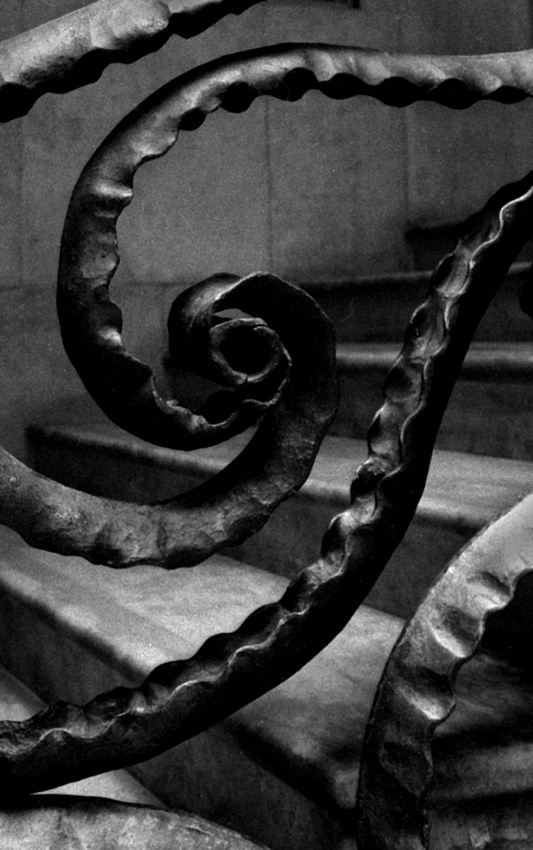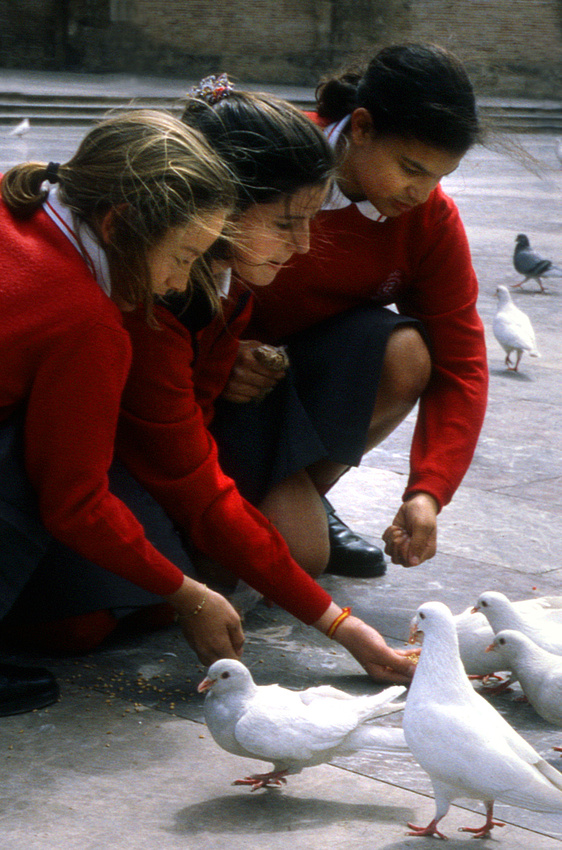A QUIET REVOLUTION: 9 Tips for Seeing the World Anew and Taking Great Travel Photos
The follower definitely pushed one of my buttons — specifically the one labeled pay it forward. Hard work and lucky breaks resulted in a 30-year career as a freelance travel photojournalist and full-time gig at the local daily newspaper. Jotting down a few notes on what I've figured out along the way seemed the very least I owed the up-and-coming photographer, as well as anyone else interested in better capturing their own road less traveled. Please, read on ...
1. THINK LIKE A STORYTELLER Good pictures tell good stories. Period. And you don’t have to be a professional photographer to think like a storyteller — just a more sensitive, astute observer of the world around you and the human experience. Isn’t that why we travel in the first place? Yet photographic storytelling actually begins before you look through the viewfinder of your DSLR, pocket camera or smartphone. It starts when you ask yourself what you hope to capture and convey about a particular moment or scene that will make for an interesting and compelling image, as opposed to merely a postcard souvenir or selfie of you standing in front of the Taj Mahal.
Good storytelling and thus good travel photography also requires capturing the smaller story in a way that ignites the viewer’s imagination of the larger unseen story. Following are a few examples:
Poking around wineries in Bordeaux, France, I came across a vineyard that I half-heartedly contemplated photographing. I say half-heartedly because I knew before I pressed the shutter that it would have made at best a mediocre image and at worst a self-serving Instagram humblebrag (I mean, really, who hasn't visited a vineyard somewhere at this point?). Twenty yards away I spied a pair of bicycles leaning together against the fence and already my imagination was spinning storylines. Did a cyclist couple decide to take a romantic stroll? Were winery workers tending to the vines? Soon I was front and center before the bikes and framing my shot with the vineyard in the background because I knew the bicycles would help make the photograph tell a better story. Not necessarily great, just better. See below:
Years ago I found myself in the village of Schwyz at the Eichhorn Schwyzerorgelfabrik and Musikhaus, the oldest continuously operating accordion shop in Switzerland. Instead of lollygagging in the front showroom full of drop-dead gorgeous accordions, I stepped around the counter (with permission) and walked down a long hallway until I found the beating heart of this 200-year-old, family-owned enterprise: Namely, a dusky, ramshackle workshop full of drill presses, leather swatches, little metal parts, air compressors, half-completed accordions, you name it. Christian Greuter was hard at work in quiet solitude and hadn't heard me enter the workshop, so I grabbed my camera and began photographing the sixth-generation accordion maker. Here is a perfect scenario where the smaller story, Christian working alone in the workshop, tells the larger unseen story — the centuries-old, time-honored craftsmanship that goes into creating this near-sacred Swiss musical instrument. See below:
In the next photo there was literally nothing required of me other than the presence of mind to turn around with my camera in time to capture the quartet of older men conversing on a park bench in Avignon, France. This image is a photographic storyteller's dream, as we imagine the conversation among these aging lions.
Occasionally we stumble upon something so seemingly trivial that it almost escapes our camera lens. Yet, as storytellers, what we find irresistible in the following image is the defining signage and the silhouette of a wide, sweeping staircase (the smaller story) that presumably leads to an exclusive and glamorous world reserved for the privileged few (the larger unseen story).
2. SHOOT OFF-CENTER Literally nothing is more tiresome than endless images where the subject of interest is always smack-dab in the middle of the photograph. Don't be afraid to be creative — put your key subject anywhere but the center. This will help create more tension and drama in your image, as well as (hopefully) empower you to become more innovative with your compositions. Case in point is the following photo I took of a young couple at the Roman Forum:
By shooting at an elevated level (which we will cover shortly) and placing the couple extremely off-center in the above photo, I created ample room in my camera frame to pull in the awe-inspiring ruins of ancient Rome. That said, notice how the couple huddled beneath their umbrellas still steal the show. Why? Because the only thing that trumps amazing architecture is a photograph of people admiring amazing architecture.
Is there any doubt in the next image that the correct call was placing the large industrial fan in the far upper-right of the frame in order to capture the diagonal streams of sunlit warehouse dust?
For the next image the concept of off-center composition seems taken to the uber-extreme. But, by doing so, what have I accomplished? Namely, force the eye to first notice the person reading the newspaper before the viewer grazes the fascinating architecture of this Finnair VIP Lounge — a good example of how off-center composition truly has the power to direct the viewer's eye while also creating energy and tension in an image.
3. USE THE RULE OF THIRDS The rule of thirds is an imaginary “tic-tac-toe” board and rule of thumb, or guideline, for photographic composition that makes use of a natural tendency for the human eye to be drawn toward certain parts of an image. See below:
For photography, the rule of thirds is designed to help you take well-balanced photos while making sure viewers focus on what you want them to see. The rule of thirds is applied by aligning a subject with the guidelines and their intersectional points, placing the horizon on the top or bottom line, or allowing linear features in the image to flow from section to section.
In the above nighttime photo of Lucerne, Switzerland the mid-center of the cyclist is positioned precisely at the intersection of the first vertical and first horizontal lines; the quartet of people strolling in the distance is positioned at the second vertical line; and the hilly horizon in the far distance is positioned pretty close to the second horizontal line. Making matters even better is that the cyclist is moving from left to right into the other squares in your rule of thirds.
Let's look at another photograph:
In the above image taken in Les-Saintes-Maries-de-la-Mer in France's "cowboy country," the face of our French Huckleberry Finn falls precisely at the intersection of the first vertical and top horizontal lines (perfect!), while the face of his faithful canine friend intersects with the first horizontal line.
(TIP: If you have an autofocus camera you can use the autofocus points as references to help you visualize the rule-of-thirds grid. If you use an LCD screen to compose your images, you can make a rule-of-thirds grid out of a clear sheet of window cling material.)
The following final example ...
... should almost seem second nature by now when it comes to understanding the rule of thirds. Without question the metal scooper is the "hero" of this image taken in Corsica. Look where the scooper falls in the rule-of-thirds grid. Could it get any more perfect?
(TIP: You can always crop your images after the fact in your favorite photo editing software in order to make them fit the rule of thirds.)
4. GET BOLD WITH CAMERA ANGLES Most people unknowingly take the sum total of their vacation pictures (nowadays we’re talking hundreds if not thousands of images) from basically a single angle: their height. With few exceptions (for instance, selfies) this means essentially all of your travel photos are snapped from a height of 5’4” or 5’10” — depending on whether you’re an average American woman or man, respectively. All of which partially explains the mind-numbing sameness of many (but by no means all) vacation photos posted on Flickr, Instagram, Facebook, Snapchat and elsewhere.
If you're truly serious about taking your travel photography to the next level, eventually you're going to have to squat, kneel, lie on your stomach and occasionally your back. Why? Because employing unusual, creative and unexpected angles is what separates the good from the ordinary in travel photos.
Following are two examples of how altering the angle and height of your camera can improve your photos and create greater viewer interest:
The top photo was made possible because I had accidentally slipped on a patch of wet grass while hiking in the rolling farmlands of Lucerne, Switzerland and suddenly found myself staring up at a small herd of the country's notorious gangsta cows — at least that's how they appeared to me from this vulnerable angle. Instead of attempting a quick retreat, though, I took advantage of my unique position — literally flat on my back — to snap off as many photos as possible.
For the above photo, I sat on the ground in order to squeeze into frame the mural of this youth hostel, located in the Bohemian town of Český Krumlov, and its animated, chain-smoking owner, Jana Peřinová. The mural was painted as a joke by a backpacker guest from Australia. For the record the modestly appointed albeit homey Moldau Hilton is not a Hilton property and its moniker refers merely to the fact that the storied Moldau River wends its way around this teardrop-shaped "island village" in the Czech Republic. "Every year the town council asks me to paint over it," Peřinová said laughing uproariously about her mural, "and every year I tell them to shove it."
Exploring different angles can also mean discovering unique physical positions from which to take a photo. Consider the image below taken on the streets of Naples, Italy:
Instead of shooting the street violinists from directly in front of them (as might be expected if I were aiming merely for a souvenir photo), I stepped behind the musicians to better capture the world of Naples from their perspective while performing Prokofiev’s sonata for two violins in C. Shooting from this position also enabled me to pull in frame the couples walking on opposite sides of the street and in opposite directions. (FYI: I waited nearly 20 minutes to get this composition — I really lucked out.) Not only does the photo have energy but also great movement thanks to the strolling couple (notice the gentleman's blurred right foot and the woman's billowing dress), as well as the musicians drawing their violin bows (notice the slight blur of the bow at left). This is how we become better storytellers.
5. LEARN HOW LIGHT MATTERS Professional travel photographers literally live by the “golden hour” light of early morning (shortly after sunrise) and late afternoon (shortly before sunset) when daylight is softer than when the sun is higher in the sky. Why? Sunlight during these two time windows caresses virtually everything it touches — architecture, faces, landscapes, even yapping dogs. So much so that most professional photographers avoid shooting outdoors during midday hours (11 a.m. to 1 p.m.) because overhead sunlight this time of day creates harsh and unwanted, aesthetically unpleasing highlights and shadows.
Below are three examples of golden-hour morning light photographed in New Orleans' storied French Quarter. Notice the warmish, yellow hues and the soft wrap of light on the subjects:
Following are two examples of golden-hour afternoon light taken in Les-Saintes-Maries-de-la-Mer, France (below) and Calella de Palafrugell, Spain (bottom). Notice how the afternoon light is "cooler" and more bluish as compared to morning light:
In addition to the morning and afternoon golden hours, many photographers are also interested in the “blue hour” — that brief period in the morning and the evening when the sun is still below the horizon but its indirect sunlight makes the sky take on a predominantly blue shade. The so-called blue “hour” is really a misnomer because in reality you have 10 minutes — at most — before the sun rises and after the sun sets to take advantage of the deep, rich blue color in the sky. But trust me it’s well worth arranging your shooting schedule around. For best results you’ll need a tripod to stabilize your DSLR camera or smartphone since blue-hour photography requires longer exposures (typically 1 to 5 seconds). Following are examples of blue-hour photography, both taken in New Orleans. The top image (of the Hurricane Katrina Memorial in Shell Beach) was taken early in the morning just before sunrise; the bottom image (of the city photographed from a penthouse condo) was taken just after sunset:
6. SHOOT THE LOCALS If you ask me, there is little that compares to the rare image that captures the amazing beauty of people who belong to cultures and countries and continents different from our own. For instance, in the following image I took in London’s Covent Garden, I managed to capture a vignette of typical English life ranging from the Rolls-Royce and the young woman (at left) flipping her hair to the fellow leaning against the white-stone wall (at right) who is talking on his cell phone. Make no mistake, though, the star of this picture is the little boy kneeling on the bench who seems intensely engaged with the elderly gentleman whom we might presume to be the boy's grandfather.
In the image below, street life in Istanbul, Turkey bustles just like that in any other metropolis around the world. But unlike, say, New York City where pretzel vendors have kiosks, those in Istanbul are mobile entrepreneurs who push their oven-baked inventory on rickety carts through the streets of the city’s Beyoğlu business district to better serve locals on their way to work in the morning.
Among my favorite portraits is the one below that I created during one of my morning visits with Ferdinand Moya, the 75-year-old patriarch of a large extended family in the rural Honduran town of Catacamas. I was there on assignment writing a story on the "cave of the glowing skulls," a newly discovered Mayan ossuary tucked a mile inside a massive cave on the Talgua River. Mr. Moya, on whose property the cave is located, had given U.S. archeologists and a CBS documentary film crew full access to the cave. For me the daily trip to the cave was just a good excuse to drop by for a cup of coffee with the retired schoolteacher, who was always in a good mood when one of his nine grandchildren came to visit.
As for photographing locals the next image has always been my personal favorite: a group of Caribbean schoolkids eating limes while walking home under a light West Indies rain. I've photographed countless landmarks and landscapes on six continents during my years as a travel writer, but it will be the faces of people I've met during my journeys that I'll cherish the most come that day when I'm too hobbled to board a plane or hold my camera.
7. SHOOT FOOD In the social media age of Facebook and Instagram brag-a-thons, few people need to be told to take food pictures. But, let’s be honest, the lion’s share are ghastly. Most of them are poorly lighted and badly composed mementos of quickly forgotten meals, all seemingly designed to tell people: “Hey, look, I have food!”
The key is composing and capturing interesting food (the key word being interesting) in a way that makes the dish actually look appetizing. Here are some tips:
— DO shoot the plate as soon as it comes to your table, especially if it’s a hot dish because the color and texture begins to change within five minutes of plating. Sauces start to congeal; the bright colors of steamed vegetables start to fade; fish begins to dry out, etc.
— DON’T shoot the dish surrounded by clutter. Silverware and a wine glass are OK — not so much the mustard and catsup bottles, napkin holders, salt and pepper shakers, etc. This is “visual noise” that detracts from your beautifully presented cassoulet with duck confit (or whatever).
— DO move the plate, if necessary, to an empty table near a window (to utilize available light) or even to the bar to better isolate the dish. (Restaurant managers won’t mind because they know it’s great — and free — publicity if it winds up tagged on Facebook or Instagram.)
— DON’T shoot the dish only from the angle from where you are sitting in your chair holding the camera. Boring. Instead shoot the dish from several different angles.
— DO zoom in on the main dish because that succulent filet mignon matters far more than the baked potato or broccoli on the back of the plate. Remember: Not everything on the plate deserves equal billing.
— DO occasionally crop the dish (either when you shoot it or later before posting on social media) to give it additional punch and energy.
8. GET CLOSER ... CLOSER It's been said that the devil is in the detail, but often times it's the detail that makes for outstanding travel and vacation photos whether you're photographing faces, food (as we covered above), an architectural landmark — you name it. Learn to use the zoom or telephoto lens on your DSLR (or consider buying one) as well as the zoom feature of your pocket camera and smartphone.
Why? A tight or close-up shot of your subject enables you to better direct what you wish the viewer to see — and where.
Examples below (from top to bottom) include tight shots that direct the eye to see: the curvaceous, titanium-clad panels of architect Frank Gehry's Disney Concert Hall in Los Angeles; the wrought-iron details of the bannister in Antoni Gaudi's Casa Batlló in Barcelona; and the hands, forks and food of a fondue lunch in the Swiss village of Gruyère.
9. THINK OUTSIDE THE POSTCARD If you incorporate these strategies and techniques for taking better vacation and travel photographs, you will over time (I promise you) begin to notice something quite extraordinary: a quiet revolution of how you see and experience the world around you.
It happened to me decades ago the afternoon I was reading the afternoon newspaper at a café table in La Plaza de la Reina in Valencia, Spain. A group of schoolkids walking home had stopped to feed the doves. First, I first imagined what it was I wanted to capture in the image: the story of how there are still places in this world where youngsters take time to smell the roses — or, more precisely, enjoy the simple beauty of feeding doves in the town square. Instead of shooting them from the café table, I created the best possible photographic angle by moving closer (without being intrusive) and sitting on the ground. Following is the result and one of my all-time favorite travel images:
To the young photographer who wrote me, as well as anyone else who wants to make people feel something when they look at your images, I hope the above tips prove useful. Equally important, I wish you a lifetime of travel adventures and amazing photographs that capture and reveal your own quiet revolution of how you have come to see the world. Cheers!
Keywords:
accordions,
avignon,
blue hour,
bordeaux,
camera angles,
catacamas,
český krumlov,
czech republic,
facebook,
finnair vip lounge,
flickr,
france,
french quarter,
fribourg,
golden hour,
golden-hour light,
honduras,
instagram,
istanbul,
italy,
london,
lucerne,
moldau hilton,
naples,
new orleans,
roman forum,
rule-of-thirds,
shell beach,
shoot off-center,
snapchat,
storyteller,
switzerland,
travel photography,
wineries
Comments
No comments posted.
Loading...
|

